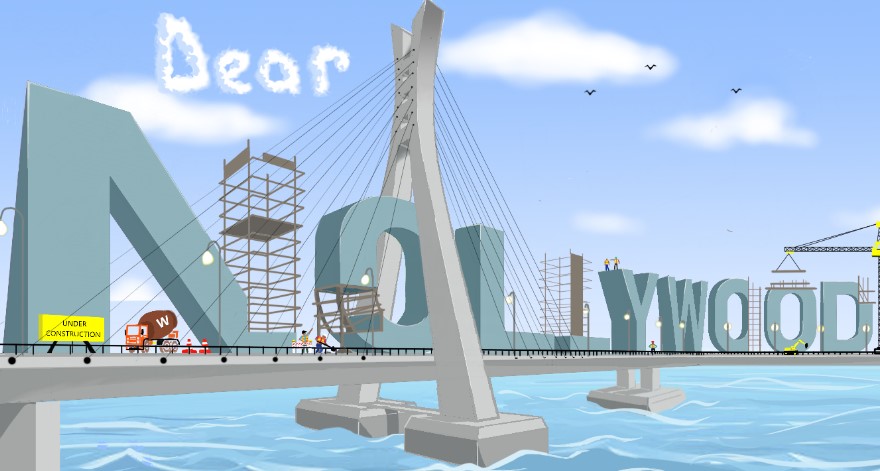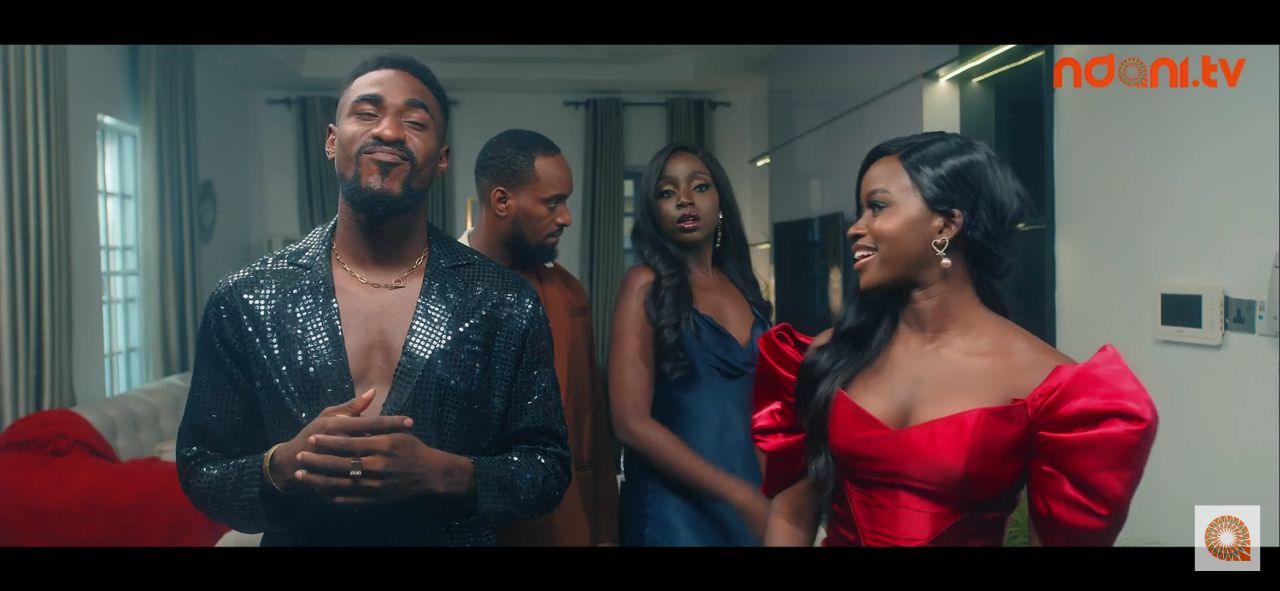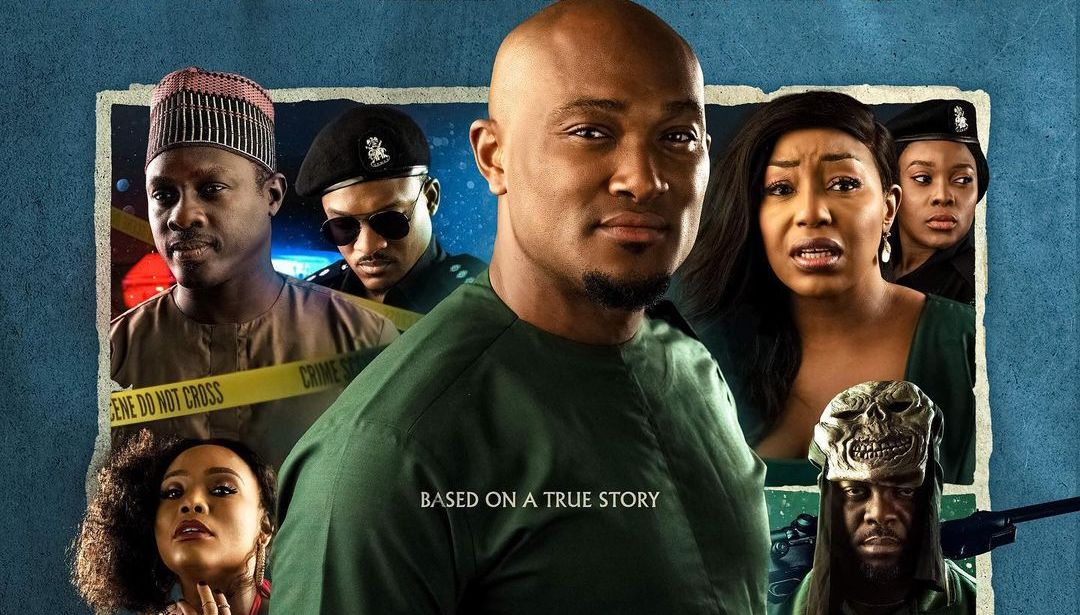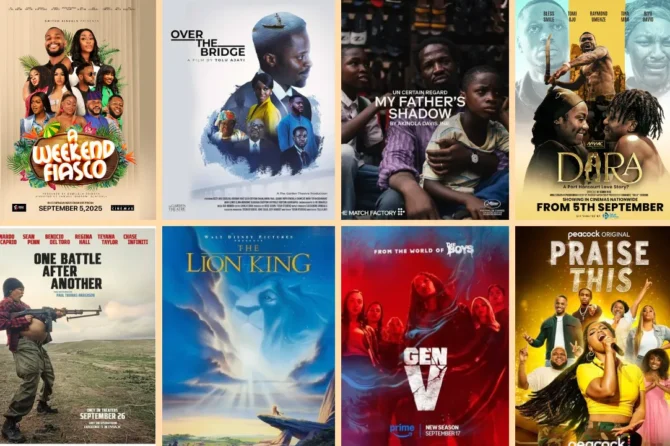There are two moments in my life that define me as an artist and critic. Although I am usually wary of reducing the entirety of being into moments, but “moments”, for me, remain the most potent manner of seizing poignant, character-defining experiences. Both moments, womb-to-tomb important as they are, came when I was a child, proving that it is in childhood that the fire of life strikes us the hottest, every other burn later is afterglow. The materials from these two moments are important to me particularly because I now find them replaceable only by duplication—I have obviously encountered better materials since childhood, but with each encounter, I have found that I have been looking for the same materials essentially, only more sophisticated—to be burned but at different degrees, at different spots.
The first material is nameless and irrelevant to film. I grew up in a school under strict tutelage and this meant that I was always surrounded by books to read, that I saw the news on AIT every night, that I constantly overheard intellectual arguments on national problems, and that, choiceless, I had to know the meaning of pneumonoultramicroscopicsilicovolcanoconiosis at age nine. The purity of the arguments I heard—but didn’t understand—and the fervor with which these arguments were delivered, drew me to criticism early. I found flaws in the Punch newspaper cartoons; I found the popular 2000s American soap opera, Passions, too foreign, thus distasteful (but, suspiciously, I thought the 2001 animated series, Justice League, to be a masterpiece); and I was secretly sure that Yuen Woo-ping’s Iron Monkey was the greatest film ever made. Again, as with purpose, it appears criticism is present at all ages, only continuously redefined to suit sophistication—a baby will pinch its nose at bad milk—and every criticism, like the baby’s, is incontrovertibly subjective without the maturity of knowledge. But criticism by its nature is hardly ever agreeable.
On March 30, 1948, Alexandre Astruc published “The Birth of a New Avant-Garde: The Camera-Stylo” in L’Écran française. In the manifesto, Alexandre presented some thoughts that, although now normalized by practice, were radical at the time. The ideas presented in that manifesto were later expanded upon by Francois Truffat, Jean-Luc Godard, Eric Rohmer, Claude Chabrol, and Jacques Rivette, all prominent figures of—arguably—the single most important movement of film: The French New Wave. But the (not so) peculiar thing about them was that they were all film critics—overtly or subtly. Alexandre Astruc expressed his displeasure towards critics in the article, but, paradoxically, he was also being a critic. The goal of the genuine critics and the genuine filmmakers are aligned; both parties strive to promote film, culture, and film culture.
William Faulkner wrote that every novelist is a failed poet. Perhaps this is true of film critics as well. To be deconstructive, every film critic is a filmmaker in his head—or rather, an auteur—and is concerned particularly with the purity of cinematic language. This might be why filmmakers distrust critics—all censure and no practice. By its nature, criticism looks first for flaws, and where it finds little to none, it looks for ways to improve upon what already appears perfect. The criticism comes from the need to elevate the material being apprised, no matter the degree of elevation. The French New Wave directors felt filmmaking language had fallen into a predictable stoicism. It wasn’t that the movies before them were horrible; they were just tired of routine. And it is never easy to shed routine. What’s familiar is safe; risks are unnecessary if desired results are reached, which partially explains the uniformed tone of contemporary Nollywood. With a defined pathway towards box office success—which is, as evidence suggests, the only goal of contemporary Nollywood—the filmmakers see no need to accept criticism unrelated to their box office performance.
What this does to output is that the stories are hardly relatable. We are inundated with movies that open with the Lekki bridge in Lagos; about a class that barely makes up 20%, if not lower, of the Lagos population; in houses that a great percentage of the audience cannot afford. There is a dearth of films that show the realities of the average Nigerian. The rom-coms don’t reflect the Nigerian cynical, capitalistic approach towards love and relationships. This is the truth: There is a disconnect between the industry narrative and the reality of the audience, that even movies grounded in the average Nigerian sensibility—Bovi’s My Village People—still coat the narrative with Lagos Island wealth and comedy. Serious movies too can sell in a healthy industry. It has been proven timelessly.
In the 2000s, Mainframe Productions, headed by Tunde Kelani, was the most important Nigerian film production company. And this was not by chance. Just as the twentieth century slipped into the twenty-first, the company released one of the greatest Nigerian films to date. It is a generic declaration, especially because of my relationship with this film, but it is not unfounded. As Teju Cole wrote:
Few things are more mysterious than someone else’s favourite film. To hear it named is to be puzzled. You appreciate its merits but not how it can be preferable to all others. Perhaps your favourite film isn’t one that you like best but the one that likes you best. It confirms you on first encounter, and goes on to shape you in some irreversible way. Often, you first see it when you are young, but not too young, and on each subsequent viewing it is a home to which you return.
I remember the first time I saw Tunde Kelani’s Saworoide or I remember the first time I was conscious that I was seeing Saworoide. It is one of my clearest childhood memories. I remember the musty smell, the floating dust motes in the old living room, how something in the sound and convergence of people made me feel astral. I remember people laughing and I remember laughing with them, not understanding why we laughed. I was horrified by the eerie soundtrack as Lagata wore the crown and squirmed to death; I remember Agbako pointing his dane gun at the innocent family, telling them to “gbà kámú l’ẹyọ kán kán.” And I realized in that moment, that Iron Monkey couldn’t be the greatest film ever made as long as Saworoide existed because the political criticisms in the movie were the same I’d overheard while the news aired on AIT. Even the jokes, the insults; I’d heard them before. By virtue of relativity, Saworoide became eternally superior. It is a pointer to the flaw of childhood criticism, because it is based entirely on relativity and not logic. Yet relativity must be present in all criticism, especially due to the subjective nature of the job. And to express this relativity, in any language, can be quite problematic, however, there are some obvious parameters.
The language of criticism must be empathetic. When we say we like or we don’t like a film, it is absolutely important to state why with as little superfluousness as possible. Verbosity has little room in criticism because it usually prevaricates. The same thing, I believe, applies to praise too. As the painter, Giacometti Alberto once said, “It can be very tempting to be satisfied with what is easy. That happens a lot when people tell you something is good.” The Nigerian film industry—the contemporary, cinema-going Nollywood—suffers from a lack of adequate honest criticism. Or, in concerning developments, the illusion of quality criticism. There is a constant need by Nollywood filmmakers and their acolytes to be told what is mediocre is good enough and what is good enough is excellent. This has given rise to contrarian substandard criticism, most evidently exemplified in Cinemapointer, who reflect the parasitic nature of the industry back to it. What happens with false praises, especially when there is a surfeit of it, is that it makes candid criticism appear harsh. The well-intentioned critic works in a climate of constant fear; a catch 22, that whether he writes good or bad criticism, he will be attacked for his honesty. If the predominant films produced from the industry are substandard in one way or another, it follows that the dominant criticism should reflect those flaws. When such a critic is praised, he is unsure if it is for his good criticism or because his criticism momentarily aligns with the ideology of those who praise him. And in an industry that thrives on such an unfriendly critical environment, the death of a critic is inevitable. He is one film away from criticism suicide.
But there are brilliant critics in spite of the industry. One of such is Oris Aigbokhaevbolo, who publishes most of his reviews on a Medium account. Oris tethers abrasive criticism with the balm of diplomacy. I believe there is a grace that is needed to attain that level as a critic. Oris calls a movie rubbish, but with the sweetest language that offers context and the Nigerian restrictions the film might have encountered. It makes his eloquent reviews agreeable, even when you disagree with his points. Oris is the affable, good cop critic, but the industry needs the harsh, other half, for a healthy criticism culture.
The importance of the critic to any industry is inconspicuous, and this is what makes most filmmakers think they are expendable. It is why Sam Levinson made Malcolm & Marie, disguised as a toxic love story, to comment on criticism. It also confirms the ‘abiku’ nature of the critic. The critic could be anyone; from a gifted writer to a discerning filmmaker. In ancient Greece, the critics were philosophers, evidenced by Aristotle’s Poetics. This reincarnating nature of the critic explains why those young French critics could start a new film wave. Beyond fluency in (basic) filmmaking language, the critic is lettered and religiously autodidactic. This doesn’t mean the critic is invincible. We are all, at the bend, students of film. So to see “modern” students of film in a young movie industry rejecting criticism in favour of false praise means that their badge of honour as filmmakers must be questioned, and the stories they tell through film, distrusted. What is their philosophy? What makes their film so great that it should be absolved of proper critique. An industry that is culpable to protect such filmmakers risks artistic stagnation. And there has to be another half of criticism concerned with telling them this with the eloquence of Oris and the harshness of Cinemapointer—without Cinemapointer’s roadside vocabulary, of course. This is what I think the point of criticism is: To pick a stance—your stance—however vulnerable it makes you look, and defend it as truthfully and logically as possible.
There is something embarrassingly wrong in how filmmakers query—or deign—to the reviews on Cinemapointer; in how Cinemapointer is the go-to authority for Nollywood criticism. It is an admittance by the filmmakers that this is the quality of criticism the quality of their film commands; erratic criticism that must be occasionally soothed; criticism that can be bought with do-good platitudes. The history of Nollywood criticism is young but that shouldn’t mean the quality, especially in the internet age, should be acceptably banal. There is a quiet agreement that the great portion of Nollywood films will be mediocre because “the industry is young” and “these films are made with goodwill”. So we resort to comedy—the lowest form—because they are easy to be made and promise the most profit. There is enough evidence that a Nigerian film can be funny, relevant, and political, as is the case with Tunde Kelani’s Saworoide. Saworoide is also evidence that great stories can exist and thrive in the industry.
I constantly wondered about stories myself as a child. The worlds enamored me, especially worlds where reality could be divided. Where a poor girl could go into a forest and find another world and return with riches. Most of Kola Onadipe’s stories featured magical divisions of this nature. D.O Fagunwa, too, wrote magical realism—a term coined by an art critic, Franz Roh. Plain magic is escapism and reality can be overwhelming, whether controlled or concocted. A balance is what I have always found. I stayed locked up behind the middle class walls of the school all week and I went out to face-me-I-slap-you reality for the weekends. I ran through intertwined streets and jumped on moving vans, rented bicycles and never paid: a balanced class experience; a little of poor and a little of almost-rich. It made sense that I would want stories that would reflect that volatility, magic on one end, reality on another. The first most important moment of my artistic life was when I first read a book on magic. I found it in a class on one of my numerous escapades. A man catches a pregnant fish and takes it home. Dead with its mouth open, the fish sang all the way. Dead with its mouth open, the fish sang as it was sliced, as it was cooked; it sang as it was eaten; and when the man and his family died from poisoning, it sang through their mouths. I felt as Garcia Marquez wrote that he felt when he first read Kafka’s “Metamorphosis”:
“I didn’t know stories were allowed to do that.”
Or something like that.
This moment is important to my artistic sensibility because I continuously make room for what is acceptable and what is presented. It is my compass as an artist and critic. It is one of the numerous balances Nollywood and Nollywood criticism must arrive at if it wants to be taken seriously. There should be enough room in those cinema halls for the rom-coms and for the art house films. Let the story be completely true to a sensibility, any sensibility. Let it express the troubles of the middle class as Tade Ogidan’s Owo Blow did. Have your wedding parties, but don’t exclude the poor who come to beg for food at these parties. Let it be a comedy with social criticism as some of Baba Sala’s works did. Let it be all of them, if possible. Let it be expressed as candidly and excellently as Saworoide was, and let there be room for a little more. All of these because someday in the Nigerian future, I want to read a Nollywood critique of a film and go, “I didn’t know criticism could do that”.
Join the conversation on Instagram and Twitter: #InPraiseOfCriticism #DearNollywood
Subscribe to mail notifications:
 Cover design by Salako Tofunmi
Cover design by Salako Tofunmi
Contact: instagram






7 Comments